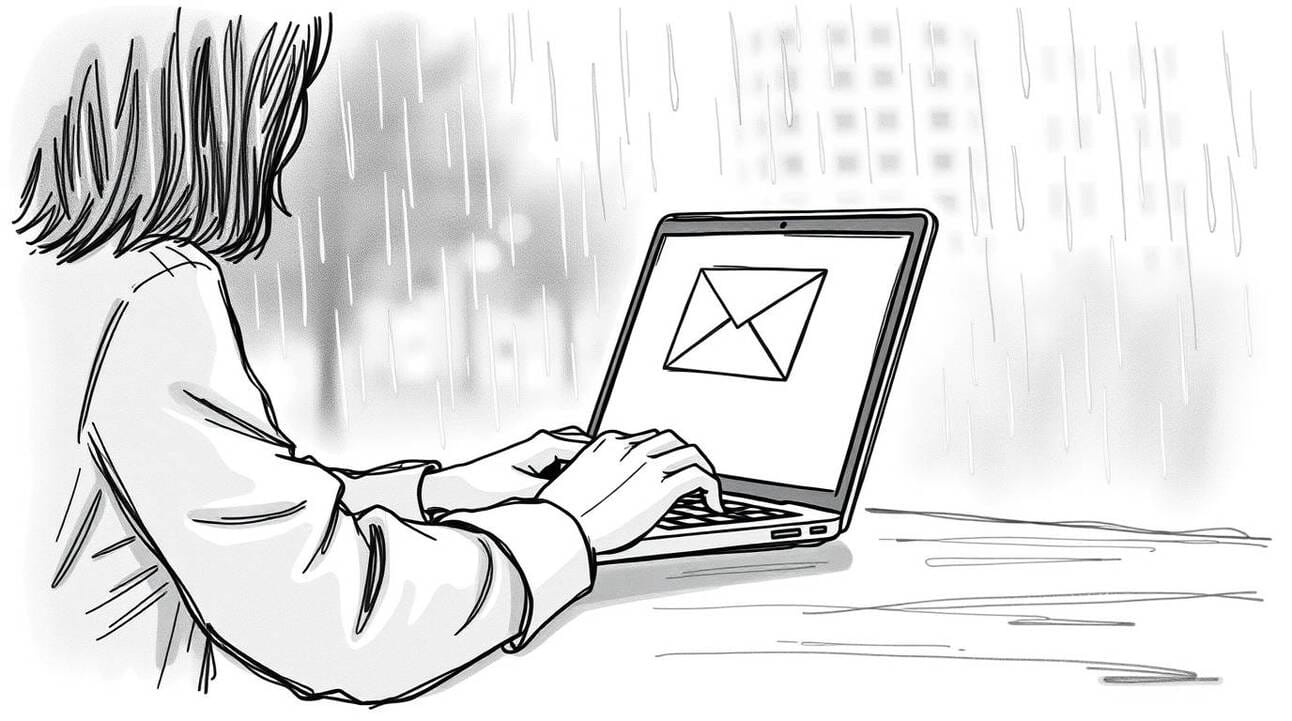I wasted years writing emails that people ignored.
That was my painful truth until I discovered how much power a single sentence at the end of an email could hold. And no, I'm not exaggerating.
An effective call-to-action (CTA) is not a closing line. It’s a turning point. It's the moment where curiosity becomes a click, hesitation becomes action, and readers become leads, subscribers, or customers.
This prompt turns that moment into a repeatable system. Here's what it does:
It transforms you into a conversion copywriter with 15+ years of experience.
Not just any writer, but one who understands human behavior. The prompt uses emotional triggers, buyer psychology, and strategic positioning to generate CTA lines that feel personal, purposeful, and persuasive.
But does it work?
I used this exact prompt for a struggling client newsletter that hadn’t driven a single click in 6 weeks. Within two emails, we saw a 38% click-through rate increase.
I’ll break it all down. But first, let me show you why this works.
PRESENTED BY SPONSOR
Prevent coupon abuse, protect your profits
KeepCart: Coupon Protection partners with D2C brands like Quince, Blueland, Vessi and more to stop/monitor coupon leaks to sites/extensions like Honey, CapitalOne, RetailMeNot, and more to boost your DTC margins
Overpaid commissions to affiliates and influencers add up fast - Get rid of the headache and revenue losses with KeepCart.
Why Use This Prompt?
"Click here."
"Read more."
"Buy now."
These might as well say, "I don't care about your time."
Most CTAs fall flat because they feel robotic, generic, or pushy.
They ignore the reader's intent, stage in the buyer journey, or emotional state.
This prompt fixes all of that.
Here’s how:
It taps directly into desires, fears, and motivations
It adjusts the ask based on whether your reader is just browsing or ready to buy
It uses human-centered language—clear, kind, and confident
It gives you 3–5 options to choose from, not just one shot in the dark
Even better?
You can reuse this structure for sales emails, blog posts, landing pages, or social media.
PRESENTED BY SPONSOR
Learn AI in 5 minutes a day
This is the easiest way for a busy person wanting to learn AI in as little time as possible:
Sign up for The Rundown AI newsletter
They send you 5-minute email updates on the latest AI news and how to use it
You learn how to become 2x more productive by leveraging AI
Best Use Cases
This prompt shines in:
Email newsletters - when you want more than just opens
Sales emails - when you're pitching but don't want to sound salesy
Blog posts/articles - when you want to gently guide the reader to a next step
Freebie downloads - when you're exchanging value for attention
Course launches - when timing, emotion, and trust must align perfectly
The Prompt (Copy & Paste)
You are a seasoned conversion copywriter with 15+ years of experience helping top brands write high-converting email campaigns and web content. You deeply understand buyer psychology, emotional triggers, and behavior-driven marketing.
I’m writing an email/article for [briefly describe your topic, audience, and goal].
I need 3-5 call-to-action (CTA) options that are:
Emotionally resonant (tapping into desires, pain points, or outcomes).
Clear, specific, and benefit-focused.
Tailored to the audience’s intent and position in the buyer journey.
Soft or low-friction if appropriate (not always "Buy Now").
Using urgency, personalization, or social proof where relevant.
Here’s more about the email/article context:
Topic: [Insert topic]
Audience: [Insert details]
Desired action: [e.g., Sign up, Download, Buy, Watch]
Tone/Style: [e.g., Friendly, Professional, Playful]
Stage of Funnel: [e.g., Awareness, Consideration, Decision]
Please craft CTAs that blend human-centered language with persuasive clarity. Format them as concise, ready-to-use copy (e.g., button or hyperlink text), and explain why each one is effective.
Tips for Better Results

Be specific with context. Don’t just say "newsletter." Say "a weekly productivity newsletter for overwhelmed freelancers."
Know your funnel stage. A person at the awareness stage needs education, not a hard sell.
Match the emotional tone. If your article feels personal and reflective, don’t end it with "Get your discount now."
Ask for micro-commitments. Sometimes the best CTA is simply "curious? take a look" instead of "buy this now."
Test. Track. Tweak. Use 2–3 CTA variations over a few emails and see which one earns the most clicks.
Real Example
I once helped a client rewrite the final line of their blog post. Their original CTA? "Click here to learn more."
We replaced it using this prompt.
Here’s what we got:
“Wondering if this method would work for your team? See how others made it happen.”
“Take the first step toward clarity. Download the 3-minute worksheet.”
“Still unsure? This 2-minute video might help.”
Result: 2x more click-throughs. Same traffic. Same content. Just better next step language.
The difference between "meh" and magnetic often comes down to how you end your message.
Start using this CTA generator prompt, and I promise you’ll never end an email with dead air again.
Remember: A CTA is not a command. It's an invitation. Make yours worth accepting.
Thanks for reading!
Best,
Miroslav from The Zilahut
AI TOOLS YOU SHOULD KNOW
Text-to-speech - ElevenLabs, Murf
AI thumbnail generator: Pikzels
Automate anything - Make
Video editing: Pictory,
Also, check out our 120 premium ChatGPT prompts for email marketing.
Disclaimer: Within the article, you will find affiliate links. If you decide to purchase through these links, we want to sincerely assure you that we will receive a commission at no extra cost to you.



